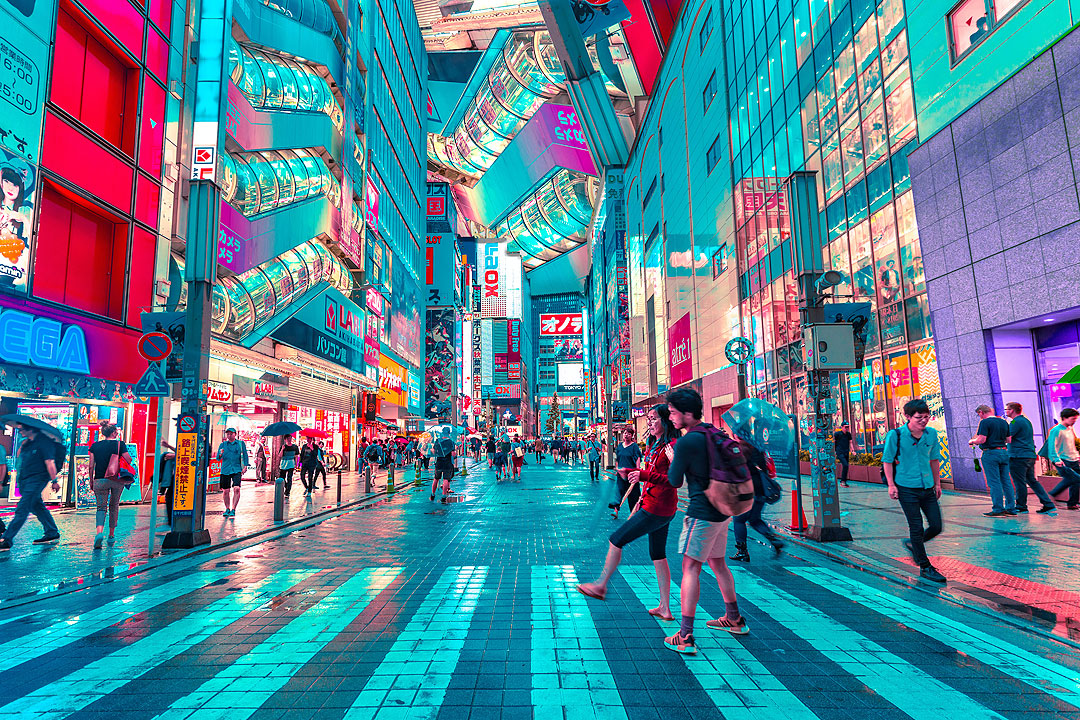The rise of neighborhood malls: How malls are changing in the post-pandemic era

By Michael McCullough, KMC Savills, Inc.
THE MALL CULTURE is deeply ingrained in Filipinos, pandemic or not. With around 65.3% of the eligible population (about 71.6 million individuals) vaccinated against COVID-19, more people are seeking a sense of normalcy by going to malls to shop, dine, and socialize.
Despite the jarring shift in consumer behavior that peaked during government-imposed lockdowns, brick-and-mortar stores are expected to remain relevant to complement e-commerce and online shopping.
In the Philippines, malls are all-in-one destinations that provide more than shopping — they are also centers for dining and entertainment, as well as accessing utility and government services. It is undeniable that these physical retail locations offer a space for face-to-face socializing that the internet can’t replicate.
For now, retailers are expected to continue investing in their digital platforms to complement their physical stores. The tenant mix will evolve, incorporating a diverse set of essential goods and services, which are more proximal to the communities.
KMC data show that mall foot traffic has increased in 2022. While still far from pre-pandemic numbers, malls are starting to be filled with tenants again, registering a 3% improvement in terms of vacancy rate as of the second quarter of 2022.
In a report published by Oxford Economics, retail sales are expected to increase by 10.6% year on year this year, following the 8.4% growth recorded in 2021. In terms of rental performance, prime retail rent in Metro Manila dropped by 9.5% during the past two years. On average, prime retail rent corrected from P2,489 per square meter (sq.m.) per month in the second half of 2019 to P2,254 per sq.m. per month in the second half of 2021.
However, the depth of concession narrowed down after the first half of 2021, signaling a slight recovery in the retail property market.
CONVENIENCE SHOPPING AND NEIGHBORHOOD MALLS
Deloitte reported that single-purpose malls will struggle to stay relevant as more consumers change their priorities when going out. As people “go back to normal,” their priorities when going out can be classified into two: safety and convenience. Gone are the days when malls were standalone destinations.
The trend for horizontal developers is to address all aspects of life in one community. Townships on the fringes of Metro Manila strive to create a self-contained community with all the amenities and facets of work, life, and play in the new normal.
Research from KMC’s Information and Data Management group found that the majority of the big players in the industry have started to build master-planned communities and townships outside Metro Manila that are self-sustaining in terms of amenities and location. Residential complexes are complemented by office, retail, and leisure establishments, providing a venue for every aspect of life.
Renowned architect Jun Palafox said in an article that the suburbs around the capital are expected to thrive, opening more opportunities for people to relocate to less densely populated areas. With a more flexible and hybrid work setup and increased accessibility through heavily improved infrastructure, a growing preference for suburban and community-type development was preferred in the new normal.
This becomes an opportunity for horizontal developers to capitalize on creating townships and target community bubbles, a captived market within the township offering limited exposure to the threat of the virus. Master-planned communities leverage a diversity that prioritizes a balanced, dynamic, and integrated development for its occupants.
15-MINUTE CITIES
In the new normal, the concept of the 15-minute city is poised to become more mainstream in and around Metro Manila, in which office, retail, and entertainment venues are integrated within residential areas. This is a 180-degree shift from the urban planning paradigm that dominated in the last 100 years before the pandemic.
In the new normal, malls begin to serve the purpose of being “town centers” again, providing space for residents to gather and socialize within their shared community. In the post-pandemic era, malls become multipurpose destinations that offer leisure activities highlighting safety and proximity. District malls, or strip malls, become key locations to leverage existing needs and demands, catering to daily and functional needs without compromising safety and convenience from a neighborhood angle.
Michael McCullough is the managing director of KMC Savills, Inc.



